Martin Nash - Colors On The March Written By Stephen Minch
- Product Code: B#829
- Reward Points: 5
- Availability: In Stock
- $4.99
-
$1.99
- Price in reward points: 199
Martin Nash - Colors On The March Written By Stephen Minch
Martin has used this one at police and government lectures everywhere. It concludes with one of the most deceptive dealing demonstrations possible with a deck of cards. Available again for the first time in 25 years!
The Colors on the March act consists of five interconnected routines The major theme of the act is that of gambling -.. A topic that immediately captures the interest of both men and women Notice how the requirements of each routine are secretly attained long in advance of the routine's performance, thus making the performer always several steps ahead or his audience. Also note that the pack is constantly shuffled and cut throughout the act, making the final controlled-dealing demonstration seem all the more impossible.
The act opens with a wonderful version of a modem classic, Gambler vs. Magician. A tale of the world's greatest gambler challenging the world's finest magician is related. A card is chosen, sight unseen, and the magician is challenged to cut to the three mates of the unknown card from a shuffled deck. He succeeds in cutting to three mates, but it is discovered in the end that they do not match the value of the selected card. A surprise ending is achieved when the three mates are caused to magically change into the proper mates to the selection! The three vanished mates are found reversed with their fourth part in the center of the deck. The deck is shuffled. Then, in the cleanest style imaginable, three Aces are cut from the center of the pack , one by one, in a most impressive manner. The fourth Ace is found at a number in the pack called for by a spectator. The spectator deals to the Ace himself!
The Aces are convincingly shuffled back into the deck. Yet, with a fast series of cuts, these same Aces are sent spinning from the pack, one by one. The deck is once more thoroughly shuffled and a card is selected. The spectator returns the card to the deck with it out of the performer's hands and then cuts the cards. The peformer attempts to determine the selected card by something akin to telepathy. He fails several times, but finally triumphs by causing one of his failures to transform magically into the selected card!
The finale of the act is Martin's exceptional treatment of Bill Simon's Call to the Colors. From a fully mixed deck the performer shows his ability to deal the cards in either alternating reds and blacks, pairs of colors, triplets of colors and even quadruplets. All this is done on demand, the spectators determining what combinations of colors are dealt at each stage. In the end the performer separates the last of the pack completely into reds and blacks apparently by controlled dealing! This last demonstration of seemingly total and willful control of a pack of cards will leave an unmatchable and lasting impression on any audience.
Reviews (0)
Related Products
Expert Card Magic Lecture Notes by Sal Piacente
Solitaire lecture notes Sal Piacente - Expert Card Magic Lecture Notes These two sets collection o..
$1.99 $4.99
Card Dupery Book by J.K. Hartman
J.K. Hartman - Card Dupery BookPDFWhen Hartman meets your deck, first he will teach it to talk-then ..
$2.99 $6.68
Marlo's Miracle Routine by Bill Malone
This caught my eye: "you??ll be able to amaze people with this powerful card magic sequence alm..
$1.99 $4.99
Double Decker 1 by Aldo Colombini
Routines with two decks of cards. CONTENTS: COINCIDENTAL CUT (Arthur Setterington): You ..
$1.99 $4.73
Aldo On Trost (1-11) by Aldo Colombini
Classic Solitaire Magic Teaching Series Aldo Colombini - ALDO ON TROST (1-11) was Aldo Colombini fo..
$6.99 $11.99
Recommend
The Corporate Mentalist by Scott Creasey
For the first time outside of his lectures, Scott reveals one of his pet effects,Tarot in your Pocke..
$1.99 $6.78
Number 5 by Scott Creasey
Number 5is the culmination of many years spent searching for a simple to remember, impromptu routine..
$1.99 $6.78
My Q And A by Scott Creasey
A full 30 minute act that you can carry in your pocket and perform in almost any standup situation,M..
$6.99 $12.98
Mental Magic Ism by Scott Creasey
Scott has a working repertoire of approximately fifty routines which he mixes and matches as the occ..
$3.99 $8.48
Lost Luggage And The Close Up Cabaret by Scott Creasey
What do you do when the luggage containing your props goes to Murcia as you arrive for an important ..
$2.99 $7.68
Escape by Scott Creasey
Known for his work in the field of mentalism, it may come as a surprise (unless you attended his fir..
$2.99 $8.48
Bip Book 2.0 by Scott Creasey
EffectBIP 2.0 - Upgraded for use anywhere in the world and with a new killer finale.Imagine handing ..
$5.99 $13.48
Day One by Scott Cram
The classic "Day For Any Date " feat has been updated!Day Oneis a new approach to appearing as a hum..
$2.99 $6.78
Scott Alexander Penguin Live Online Lecture 3
” Wow… I’ve never seen magic like that before.” -Michael Jackson “The magic of yo..
$1.69 $4.68
Scott Alexander Penguin Live Online Lecture 2
Site lectures Penguin Live Online Lecture - Scott Alexander 2 Second Annual Spectacular Holiday A..
$2.99 $5.99
Scott Alexander Penguin Live Online Lecture
Site lectures Penguin Live Online Lecture - Scott Alexander One of the busiest professionals in ..
$2.99 $5.99
Velocity by Scott Alexander
Scott Alexander - Velocity The audience Magic shot paintball war games , magician mouth can catc..
$1.99 $4.99
Unicorny by Scott Alexander
Scott did a killer lecture at the Magic Castle in Hollywood recently to rave reviews. He is now rele..
$5.99 $12.48
The Final Cut by Scott Alexander
no gimmick !! The Final Cut by Scott Alexander and Bob Kohler No Reserve item will go the the ..
$2.99 $5.12
The Final Answer (1-2) by Scott Alexander
Scott Alexander - The Final Answer (1-2) Without question, Scott Alexander has created the finest ..
$2.99 $5.48
Standing Up On Stage by Scott Alexander
These are the notes from Scott's Stand Up Guy lecture. In these 25 pages he covers how to construct ..
$1.69 $12.98

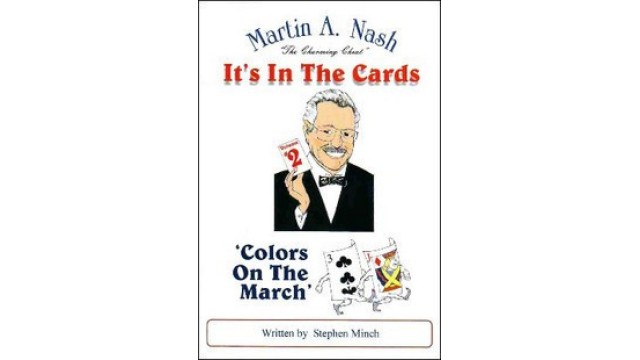





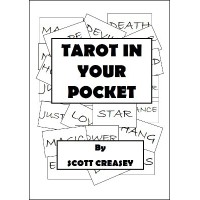
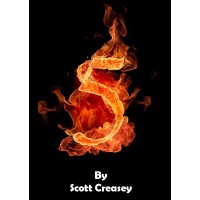
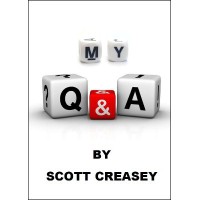
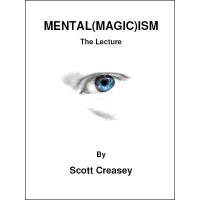


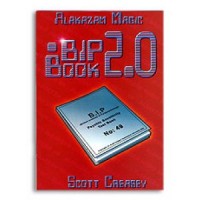





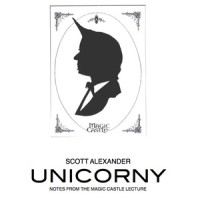
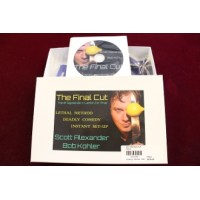
-by-Scott-Alexander-200x200.jpg)
